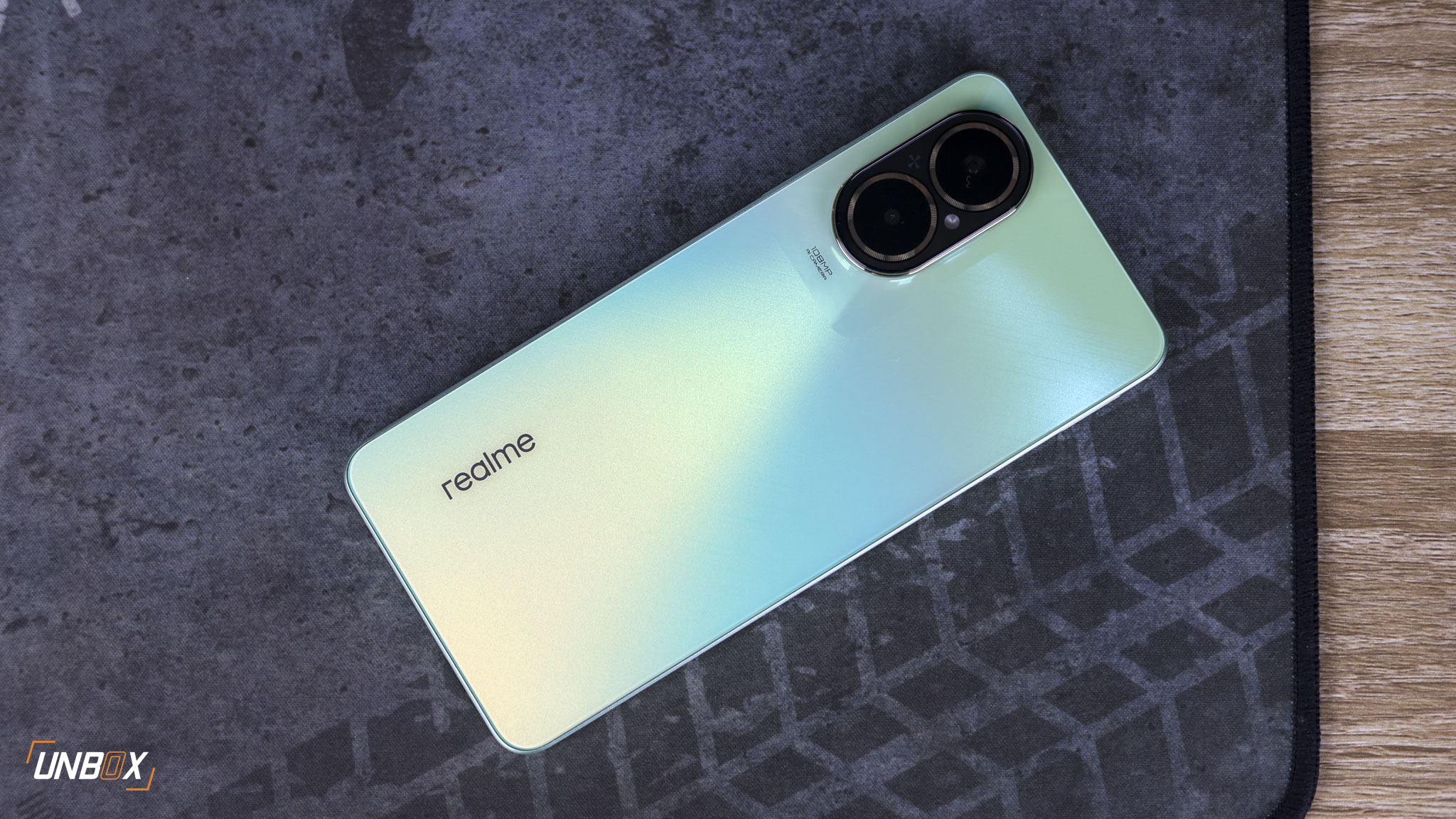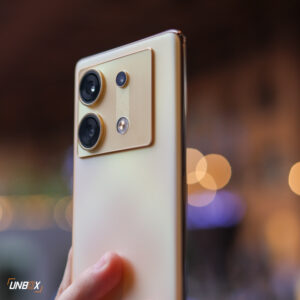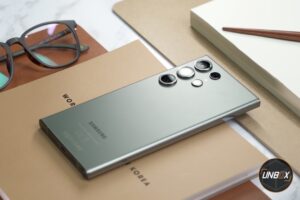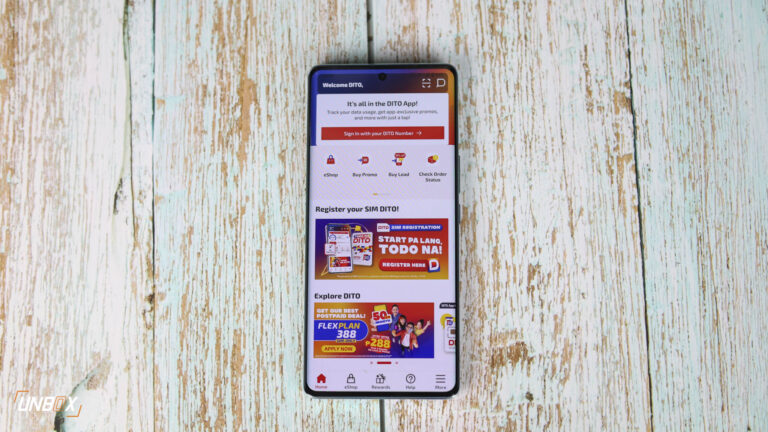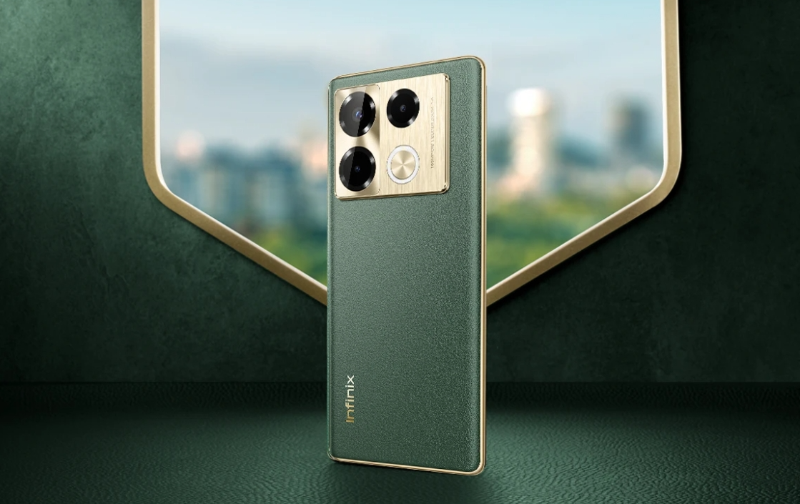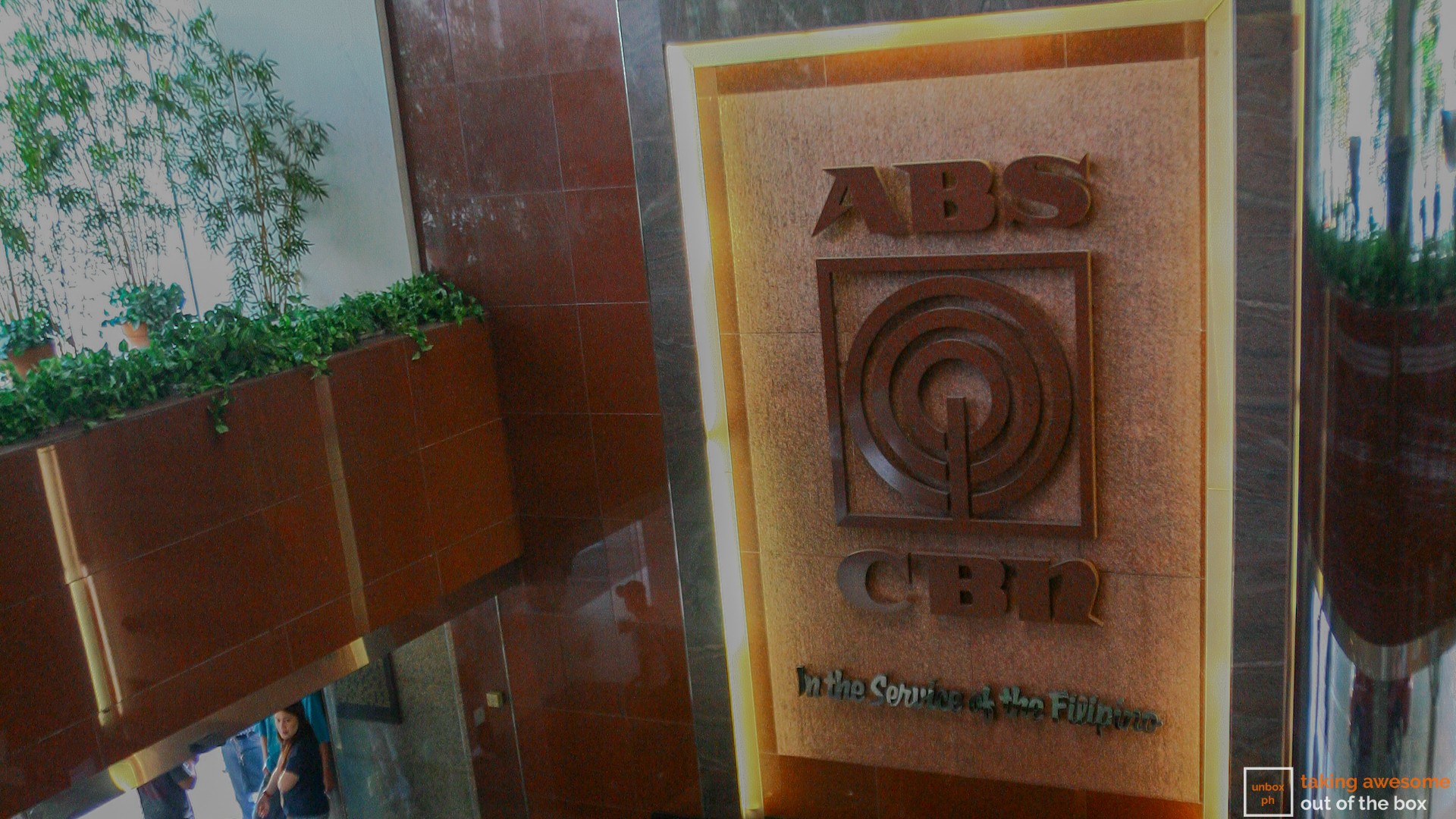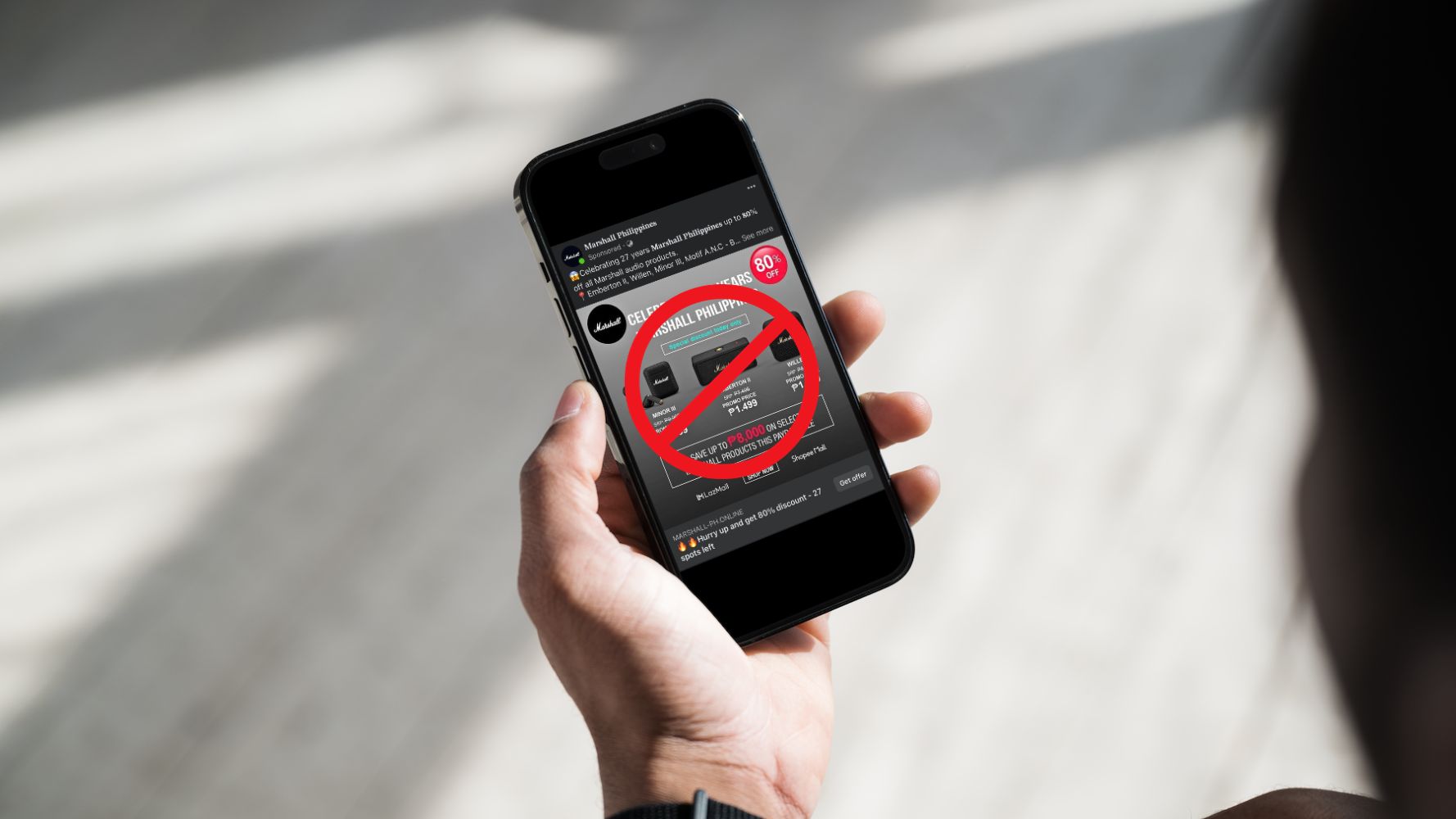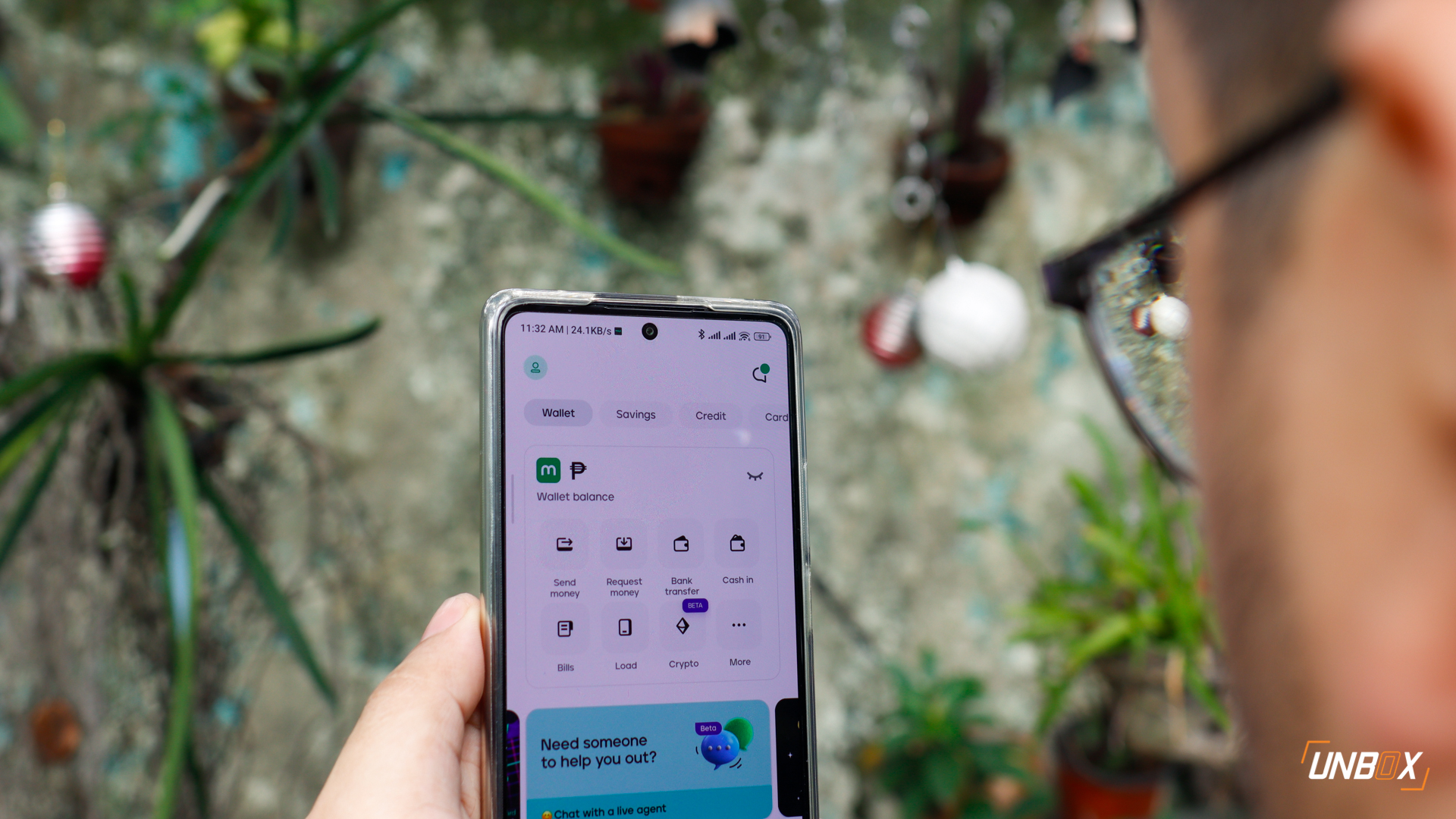
There’s plenty of similarities between Huawei’s premiere phablet Mate 9 and the recently announced Huawei P10 flagship phone. Skimming through the two spec sheets, you can see that the P10 is basically the Mate 9 stuffed in a smaller frame, with some improvements here and there. Let’s do an in-depth side-by-side and discuss the finer details that differentiate the two handsets.
Huawei Mate 9
- 2.4GHz HiSilicon Kirin 960 octa-core processor
- ARM Mali-G71 MP8 GPU
- 4GB RAM
- 5.9-inch FHD IPS display, 1920 x 1080 resolution, 2.5D curved glass, Corning Gorilla Glass 3
- 64GB expandable storage, via microSD
- Dual Leica rear cameras, 12-megapixel color sensor, 20-megapixel monochrome sensor, f/2.2 aperture, OIS, BSI, 4-in-1 Hybrid AF, dual-tone LED flash
- 8-megapixel front camera, f/1.9 aperture, AF
- Dual SIM
- Fingerprint scanner, USB Type-C port
- 4000mAh battery, Huawei SuperCharge
- Android 7.0 Nougat (EMUI 5.0)
Related: Huawei Mate 9 Review: The Best Big Phone That You Can Buy Today
Huawei P10
- 2.4GHz HiSilicon Kirin 960 octa-core processor
- ARM Mali-G71 MP8 GPU
- 4GB RAM
- 5.1-inch FHD IPS display, 1920 x 1080 resolution, 2.5D curved glass, Corning Gorilla Glass 5
- 64GB expandable storage, via microSD
- Dual Leica rear cameras, 12-megapixel color sensor, 20-megapixel monochrome sensor, f/2.2 aperture, OIS, 4-in-1 Hybrid AF, dual-tone LED flash
- 8-megapixel Leica front camera, f/1.9 aperture, AF
- Dual SIM
- WiFi, Bluetooth, GPS, A-GPS, GLONASS, BDS, NFC
- Fingerprint scanner, USB Type-C port
- 3200mAh battery, Huawei SuperCharge
- Android 7.0 Nougat (EMUI 5.1)
Related: Huawei P10 Initial Review: The Dual-camera Refined

On the phones’ SoC and core hardware, the Mate 9 and the P10 are virtually identical. Both share the same Kirin 960 chipset with the same Mali GPU, RAM value, and internal storage capacity. Nothing really noteworthy to compare here.
As for the displays, the larger 5.9-inch Mate 9 takes advantage of the older-gen Gorilla Glass 3 while the smaller 5.1-inch P10 utilizes Corning’s latest GG5 technology. What’s the difference between the two Gorilla Glasses? Gorilla Glass 3 is designed for superior scratch resistance. Gorilla Glass 4 and the latest version 5 offer more protection against impact, at the trade off of lesser scratch protection. Finally, both phones share the same Full HD resolution, IPS panel technology as well as the 2.5D curved glass marketing gimmickry.

Talking about design, the P10 has a more refined, sleeker footprint than the Mate 9, not because of its smaller form factor, but because of general improvements in the build. While both phones have a similar all-metal frame, the P10 feels a lot more comfortable to handle with. The P10’s fingerprint sensor, now in the front, is definitely an ergonomic choice and cleans up the look of the phone’s backside.

Camera-wise, until we get a hands-on review on the P10’s dual snappers, we really can’t say which is better between the two. On the surface, it looks like the P10 shares the same dual rear Leica camera sensors with the Mate 9, except that the P10’s ship without a BSI (back-illuminated sensor). How that omission will affect the P10’s performance in low-light conditions, we’ll have to test out during our review, hopefully soon.
Everything else checks out the same for the two handsets, except for the battery size, where the Mate 9 reigns supreme with a bigger 4000mAh battery pack – a definite requirement for such a large phablet. As for battery life, with both phones beating the new Kirin 960 with better power efficiency and thermals, as well as having Huawei’s SuperCharge technology, you’ll most likely get a lot of mileage out of both handsets’ batteries.

Finally, we’ll head over to pricing concerns. Huawei has announced that the P10 will cost around EUR 649 (~Php 36K) in European markets. The Huawei Mate 9 launched with an EUR 699.99 (~Php 39K) price tag. With both phones priced in the same premium tier, and having mostly the same specs, except for their form factors, the choice basically boils down to whether you’re in the market for a regular-sized smartphone or a big phablet.









